French doors not only add a touch of elegance to any room, but they also allow natural light to flood in. They add much-needed ventilation, provide better views, and make access to outside space easier.
This is due to their design; a pair of doors that swing inwards or outwards from the center opening.
Although they use more floor space than conventional sliding doors, French doors are often viewed as more appealing to those with more traditional tastes.
They are constructed primarily from glass with uPVC, aluminum, or timber frame and are highly secure if the installation is carried out correctly.
The pleasing aesthetics of French doors come at a cost; additional noise pollution.
The gap between the two doors, no matter how minute, is an open invitation to sound waves. If light and air can fit through a gap, then so can sound.
Whether you need to keep troublesome noise in or out, you will be delighted to know that there are methods that you can employ to soundproof French doors.
Soundproofing is the process of preventing sound from entering or leaving a room.
Understanding the difference between the two types of sound and how they manifest themselves can point you in the direction of the most effective noise nuisance solutions.
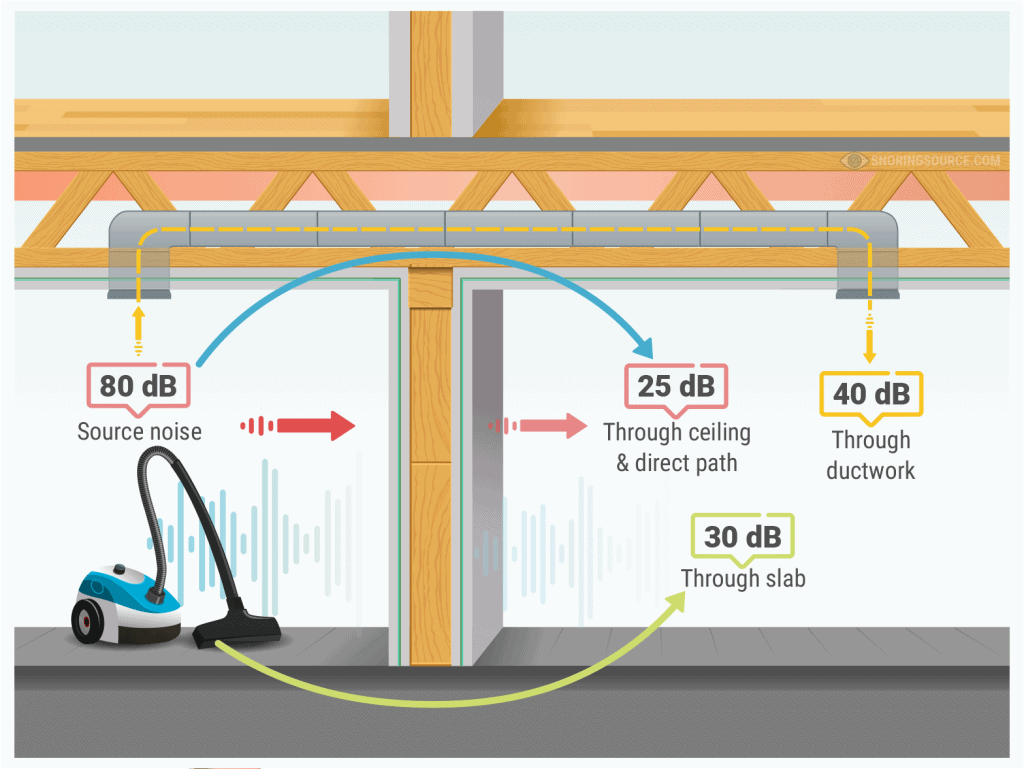
Any noise that transmits through the air is considered airborne.
Television, music, conversation, barking dogs, and traffic noise are all examples of airborne noise.
Sound is an energy that travels in waves. It transmits through the air until it collides with a structure, such as a dividing wall or French doors.
The collision creates vibrations that pass through the solid structure and into the adjacent room.
This is why we can often overhear neighbor's music and arguments, albeit slightly quieter, due to some transmission loss.
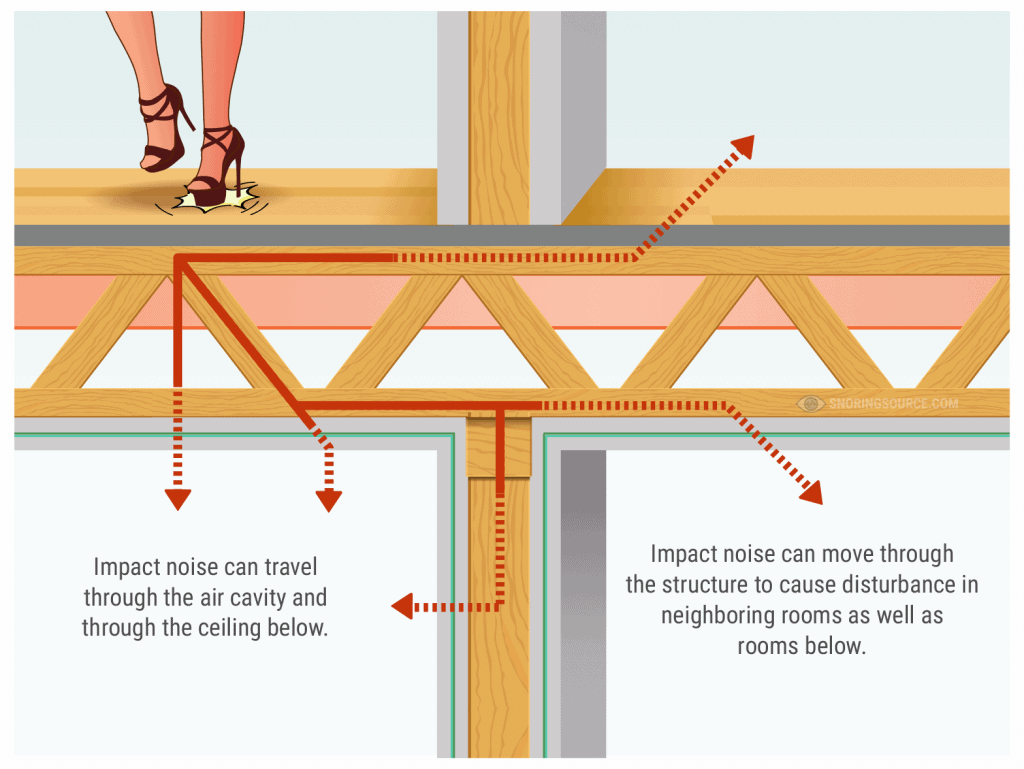
Structure-borne noise is also referred to as impact noise because it is the sound heard when an object makes an impact with a structure.
Footsteps walking on overhead wooden floor or tools making contact with a building are good examples. More specifically, a ball bouncing against the frame of a French door would result in structure-borne noise.
The impact of the ball causes vibrations that become sound waves. Impact noise can be felt by placing the palm of a hand against the door. Vibrations signify impact noise, stillness means the noise is airborne.
Isolating the source of the noise is the first step in treating it.
There are 4-primary techniques used to combat both types of noise pollution.
Each method will have some degree of success but greater results are often achieved when 2 or more methods are combined.
By making something heavier and thicker you are making it more difficult for sound waves to vibrate. If they can't travel, they fall silent.
Adding layers of drywall to a wall, for example, will decrease sound transmission, particularly of higher frequencies.
Adding secondary glazing to a French door effectively increases its mass.
This is the reduction of the vibrational energy before its allowed to build and is more effective with lower frequencies.
Using damping spray on a French door can slightly reduce noise though it works better when paired with other methods.
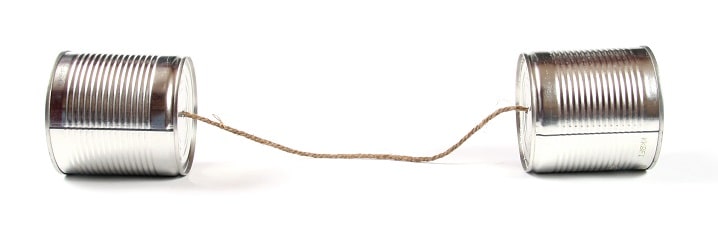
Sound will look for the easiest path through solid structures. By isolating studs and joists in walls, floors, and ceilings you will succeed in making it more difficult for sound waves to travel.
Secondary glazing traps air between panes where sound waves reduce in intensity.
Open cells in woven materials trap sound waves and allow them to vibrate.
Many fabrics absorb indoor and outdoor noise well, they don't eradicate it, but instead, muffle it.
Soundproofing curtains and blankets over French doors are typical examples of sound absorption.
Soundproofing French doors is a challenging task to undertake. It is impossible to eradicate 100% of noise as the doors are constructed from a high proportion of glass.
All doors have a slight gap around every edge; French doors have an extra one that runs right down the middle. This is just another space for sound to creep through.
However, many effective methods achieve very significant sound reduction results.
Techniques vary, most are affordable and simple to implement, others, not so much. Here, we outline your options:
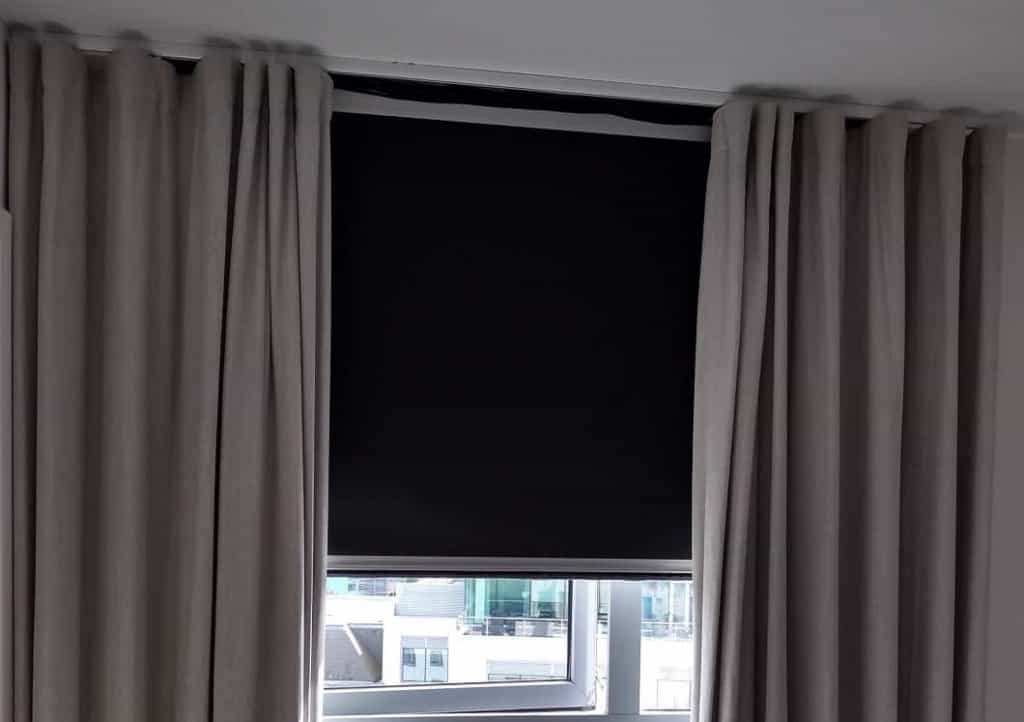
Any form of thick, dense fabric hung across French doors will deaden much of the noise trying to enter a room.
Soundproof curtains are purpose-designed to absorb excessive noise and reduce reverberation (echo), without canceling all noise.
Thicker, denser curtains will have greater absorption abilities. They are often made from molton and wool fabrics, which also has good blackout and insulation properties. Thermal linings and layers with more fibers supply offer greater absorption.
Consider buying curtains 3 times the door's width and a few inches longer if it's practical. By increasing the amount of fabric on the rod you are decreasing the amount of sound getting through.
DIY soundproof curtains are simple to make. Sandwich a thick piece of wool between 2-heavy curtains or lengths of material, and stitch the 3-layers together. This results in very effective tri-ply drapes.
Installation requires a heavy-duty rod across the top of the door frame. Ensure it is durable enough to cope with heavy curtains.
Double track rods are available to hang 2-sets of curtains from simultaneously.
With greater mass comes improved sound reduction.
You can purchase soundproof curtains in a vast array of colorways and patterns to complement your décor. If you can afford to, and it's practical, hanging a set of curtains on each side of the door (if it is an interior door) is a further way to reduce noise.
Due to their thermal insulation qualities, soundproofing curtains provide insulation and mitigate heat transfer.
A reduction in utility bills and decreased noise nuisance are just 2 of the benefits soundproofing curtains provide.
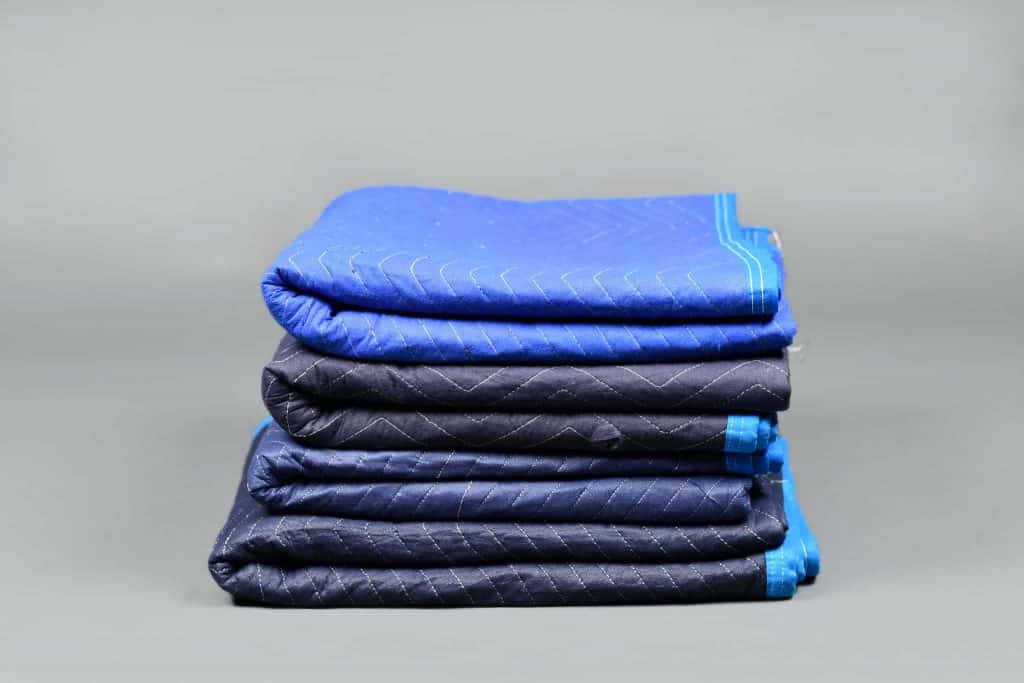
If you're seeking a 'quick-fix' to a noise issue, maybe a party next door or some roadwork in the street, blankets are a good option.
Although they offer a noticeable improvement instantly, they aren't the most aesthetically pleasing option.
Blankets are more successful at deadening high-frequency sounds than they are with low frequencies.
Made from heavy cloth filled with layers of soundproofing materials, usually fiberglass, they are definitely designed for practically and not aesthetics. Blankets are often used to protect heavy and valuable furniture when moving houses.
Hanging a blanket is done 1 of 2 ways:
The latter method enables the user to take it down and move it without creating much work. They are easy to store and are ideal to have on standby.

Sound travels the path of least resistance. If your locks, handles, and hinges are old or damaged, consider replacing these components.
Any exposed gaps on your French doors should be sealed for maximum protection against unwanted noise. Initially, isolate and fill any gaps in the frame or the doors themselves.
Consider using products that not only absorb sound, but that also increase insulation:
This is where we start to see costs increase. Single-layer glass offers little resistance to sound due to a lower STC rating, so retro-fitting a second or third layer is the best way to block out unwanted noise.
This is a huge undertaking, requires some degree of skill and lots of time.
Secondary glazing with a laminate layer is a very popular and effective sound barrier. It is also more secure than standard glass as it is difficult to break.
Laminated glass consists of 2-layers of glass with an interlayer (polyvinyl butyral or PVB) between. This layer is a complex obstacle through which sound waves struggle to travel. As they can't vibrate at their desired frequency, they lose intensity.
It is difficult to give an accurate measure of the noise reduction capabilities of laminated glass without knowing the exact installation.
The thickness and size of the layers will increase the mass and have increased dampening abilities.
As an example, one 6.5mm sheet of laminated glass can reduce sound by 32dB at 400Hz.
Like many things in life, how successful you are at soundproofing French doors might depend on how big your budget is.
However, by using a door sweep, sealing a gap, and hanging some soundproof curtains or blankets you should be able to effectively minimize noise transmission.

Snoringsource.com is a participant in the Amazon Services LLC Associates Program, an affiliate advertising program designed to provide a means for website owners to earn advertising fees by advertising and linking to amazon(.com, .co.uk, .ca etc) and any other website that may be affiliated with Amazon Service LLC Associates Program.